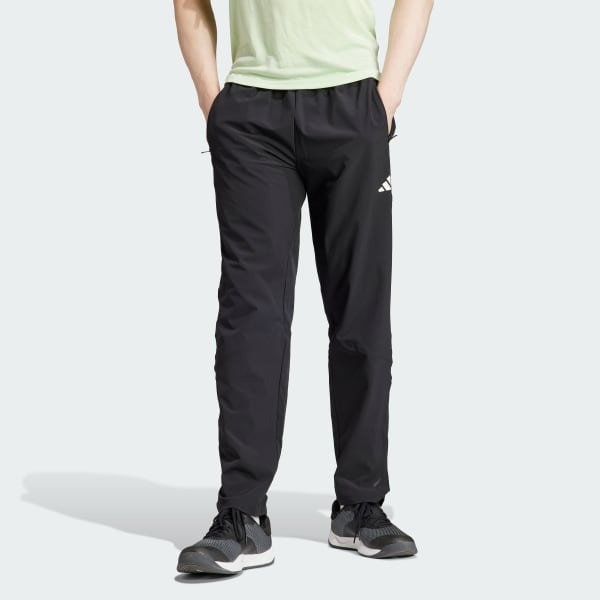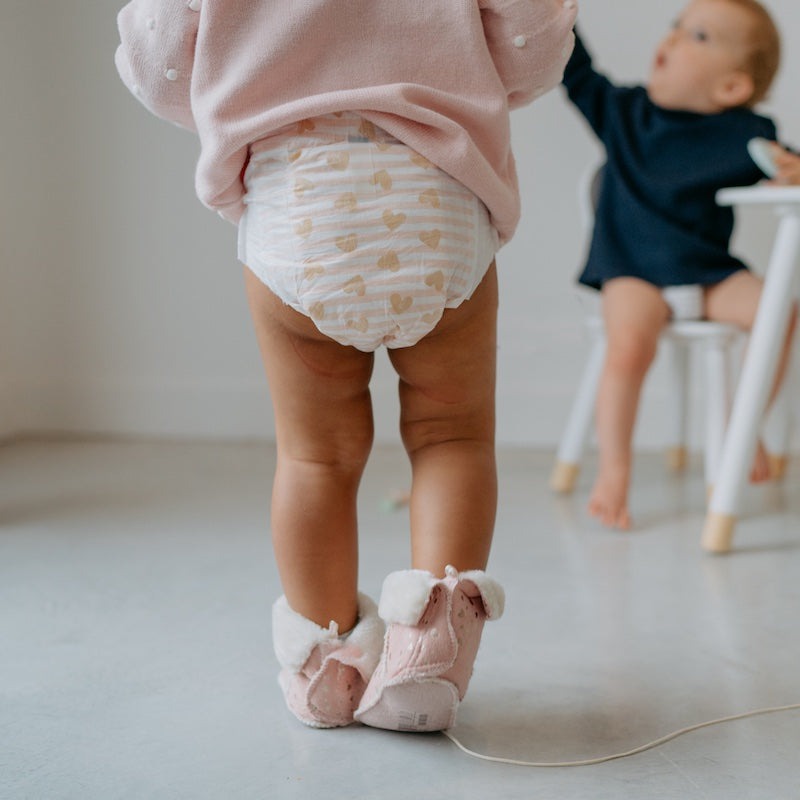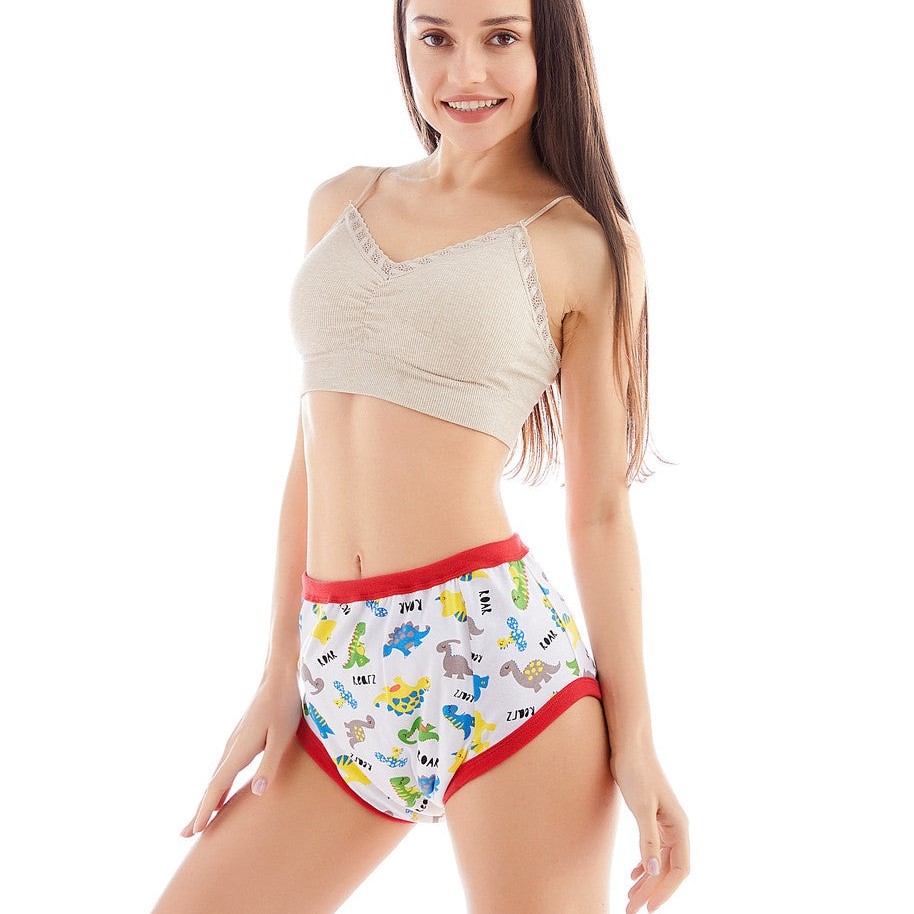What Are Dog Training Pants?
Dog training pants are specialized garments for dogs. They support toilet training and behavior modification. Owners use these pants to protect their homes from accidents during the training phase. They are also known as dog diapers or potty training pants.
Dog training pants fit snugly around a dog’s waist and hindquarters. They contain absorbent materials that catch waste. Some designs also have a waterproof exterior. This helps to prevent leaks onto floors and furniture. The pants come with adjustable fittings. These ensure a comfortable and secure fit, regardless of the dog’s size or breed.
Different types can suit various training stages and dog ages. For example, there are disposable options for short-term use. Reusable models are available too, for ongoing training needs. In summary, dog training pants can be an essential tool for pet owners. They help manage the challenges of housebreaking and training a canine companion.
The Benefits of Using Dog Training Pants
Using dog training pants offers a multitude of benefits. Here’s how they can make your life and your pet’s training process easier:
- Prevent Messes: These pants keep your home clean by catching waste before it hits the floor.
- Reduce Stress: Less cleaning means less stress for pet owners. You can focus more on training.
- Enhance Consistency: When used correctly, they promote consistent housebreaking habits for dogs.
- Protect Your Home: Furniture and carpets stay safe from stains and odors thanks to the pants’ protective design.
- Provide Flexibility: With dog training pants, you can continue training your pet even when you’re busy with other tasks.
- Improve Comfort: Adjustable fittings ensure your dog is comfortable, which is critical for successful training.
- Versatility for Different Stages: They come in various types to suit different stages of your dog’s life and training.
By incorporating dog training pants into your training routine, you create a more positive environment for both you and your dog. The stress reduction alone is a huge advantage, as it makes the training experience more enjoyable. Furthermore, the added protection to your home gives you peace of mind, allowing you to leave your dog unattended without worrying about accidents.
How to Choose the Right Dog Training Pants
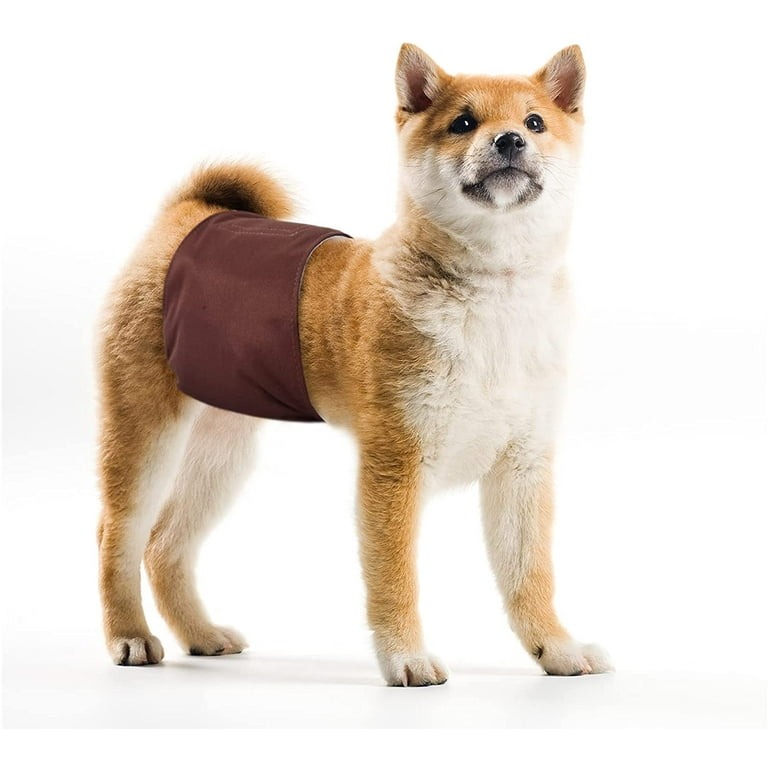
Choosing the right dog training pants is key to successful housebreaking. Here’s what to consider:
- Size and Fit: Ensure a snug, comfortable fit. It should not be too tight or loose.
- Material Quality: Look for durable, absorbent materials that are also soft against your dog’s skin.
- Adjustability: Select pants with adjustable straps or Velcro to accommodate your dog as it grows.
- Type: Decide between disposable or washable pants. Consider how often you’ll use them.
- Leak-Proofing: Check for a waterproof layer to protect against leaks.
- Comfort: Make sure the pants allow your dog to move freely and tolerate wearing them.
- Compliance with Needs: Consider any special needs your dog might have that could affect the choice of pants.
Remember, the right dog training pants can set the stage for effective training. Check product reviews and possibly consult with a vet or a professional trainer. With careful selection, you can find the perfect pair to help your dog succeed in housebreaking.
Training Your Dog with Pants: Getting Started
Getting started with dog training pants involves patience and consistency. Begin by choosing a specific time for your dog to wear them each day. Aim for periods when you expect your dog might need to ‘go.’ Mornings, after meals, and before bedtime are prime times. Make sure your dog gets comfortable with the pants. Let them sniff and examine the garment first. This reduces anxiety and resistance. Use positive reinforcement when putting the pants on your dog. Offer treats and praise to associate the pants with a positive experience. Establish a routine so your dog knows when to expect the pants. This helps in creating a habit. Keep sessions short at first. Gradually increase the duration as your dog gets used to the pants. Watch for signs of discomfort or irritation. Adjust the fitting or change the pants as needed. Remember, the goal is to assist with housebreaking, not to cause stress. With these steps, you’ll set a solid foundation for successful dog training with pants.
Tips for Effective Use of Dog Training Pants
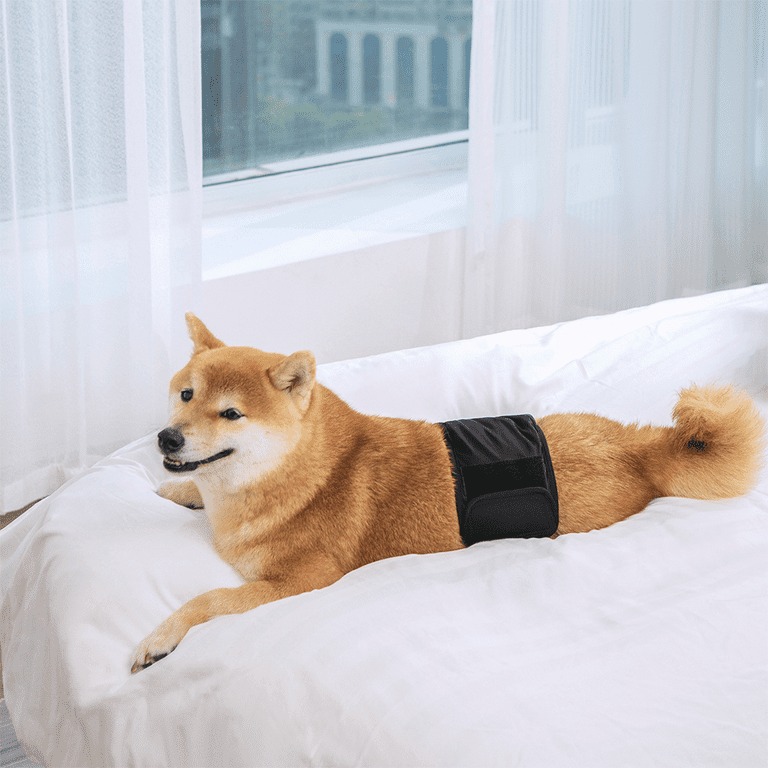
To maximize the benefits of dog training pants, follow these practical tips:
- Gradual Introduction: Start by letting your dog wear the pants for short periods. Increase time gradually as they get used to it.
- Consistent Use: Wear the pants at the same times each day. This builds routine and helps your dog learn quicker.
- Positive Reinforcement: Always praise your dog when they wear the pants without fuss. Treats can help too.
- Monitor for Signs: Look out for discomfort or attempts to remove the pants. Adjust the fit if needed.
- Keep them Clean: Change the pants often to prevent irritation or infections. Cleanliness is key.
- Balance with Breaks: Allow your dog breaks from the pants to prevent dependence. They should learn control without them too.
- Watch for Progress: Celebrate when your dog shows signs of improvement. Gradual progress is still success.
Using these tips, dog training pants can be a powerful tool in housebreaking your pet. Remember, patience and consistency are your best allies in this process. Keep things positive and you’ll see results in time.
Troubleshooting: Common Issues and Solutions
Although they are helpful, owners may encounter some issues. Here are common problems and their solutions:
- Pants Slipping Off: Make sure the fit is correct. Adjust straps or Velcro for better grip.
- Dog Dislikes Wearing Pants: Introduce the pants slowly. Use treats and praise to create a positive association.
- Leaks and Spills: Check for proper size. Make sure the absorbent layer is intact. Replace the pants if necessary.
- Chafing or Irritation: Look for signs of discomfort. Choose pants with softer materials. Adjust the fitting.
- Dog Still Having Accidents: Be patient. Reinforce training without pants during breaks. Consistency is key.
- Pants Not Staying Dry: Change pants regularly. Monitor your dog’s bathroom habits. Adjust the frequency of changes.
With these solutions, you can address most troubles you might face using them. Remember, every dog is different. What works for one might not work for another. Stay observant and responsive to your dog’s needs.
Alternatives to Dog Training Pants
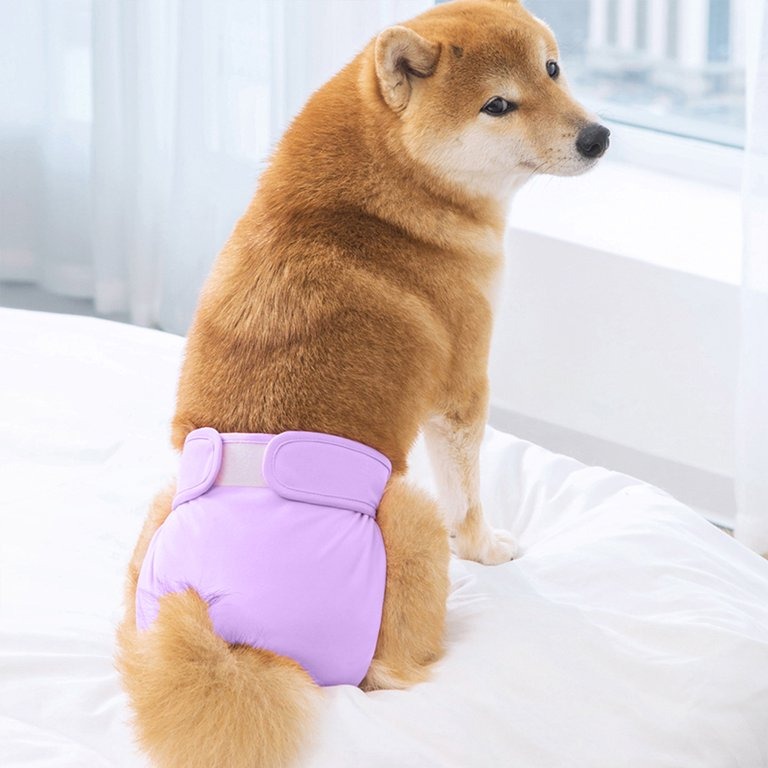
While they are useful, there are other methods to manage housebreaking. Consider these alternatives if pants aren’t working for your furry friend:
- Regular Bathroom Breaks: Take your dog outside frequently. This can reduce the chance of indoor accidents.
- Potty Pads: Place these in a designated area. They absorb waste and are disposable.
- Crate Training: Teach your dog to hold it until they’re outside, using a crate.
- Doggy Door: Install a doggy door. This allows your dog to go outside as needed.
- Behavioral Training: Work with a trainer. They can offer strategies to improve indoor habits.
Each alternative has its own set of benefits. They can work alone or with dog training pants for better results. Assess your lifestyle and your dog’s habits. Then, choose the best housebreaking method for you and your pet.
Cleaning and Maintenance of Dog Training Pants
To ensure the longevity and effectiveness of dog training pants, regular cleaning and maintenance are crucial. Here are some straightforward steps to keep the pants in great condition:
- Check Manufacturer’s Instructions: Always refer to the care label before cleaning. Different materials may require specific washing methods.
- Rinse After Use: For reusable pants, rinse off any solid waste immediately after an accident to prevent staining and odor.
- Machine Wash or Hand Wash: Most dog training pants can be machine washed, but some may require hand washing. Use a gentle, pet-safe detergent.
- Avoid Fabric Softeners: Fabric softeners can degrade the absorbent qualities of the pants. Skip them altogether.
- Air Dry When Possible: Air drying can help preserve the materials of the pants. High heat from dryers may damage waterproof layers.
- Inspect Regularly: Look for signs of wear such as loose threads or damaged straps. Replace the pants if they no longer provide a secure fit or proper leakage protection.
- Store Properly: Keep the pants in a dry, clean place to avoid mold and mildew buildup when not in use.
- Rotate Pants: If possible, have a few pairs on hand to rotate between washes. This reduces wear and tear on each individual pair.
By following these care tips, you can help maintain the hygiene and durability of your dog training pants. Clean and well-maintained pants are more comfortable for your dog and more effective for training.


